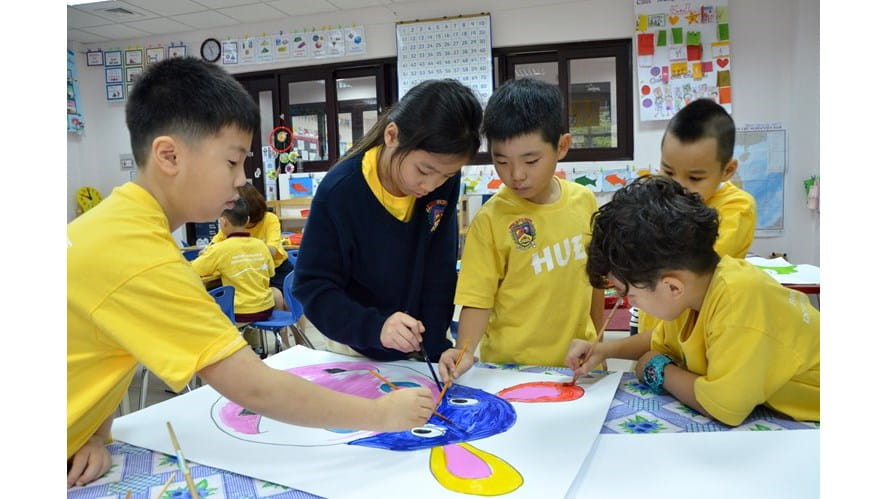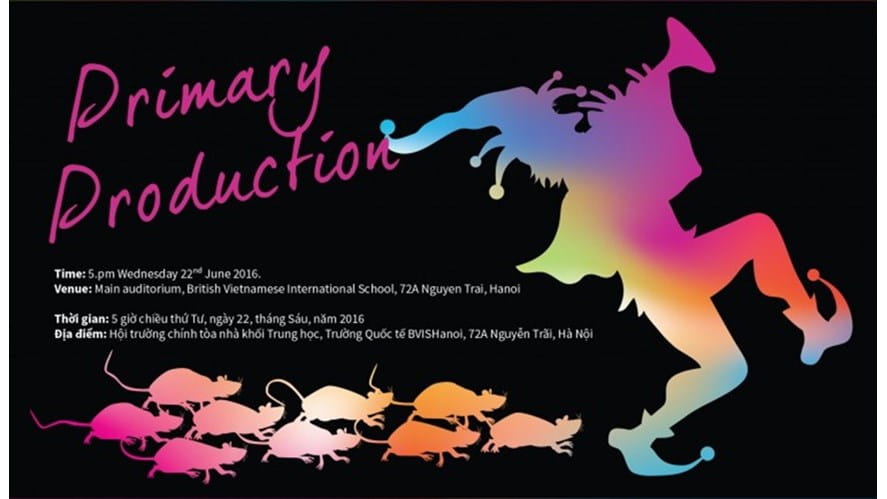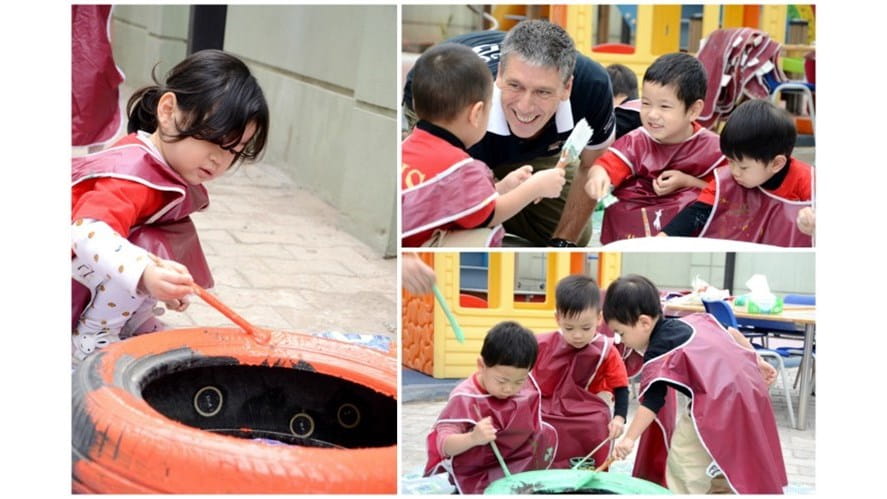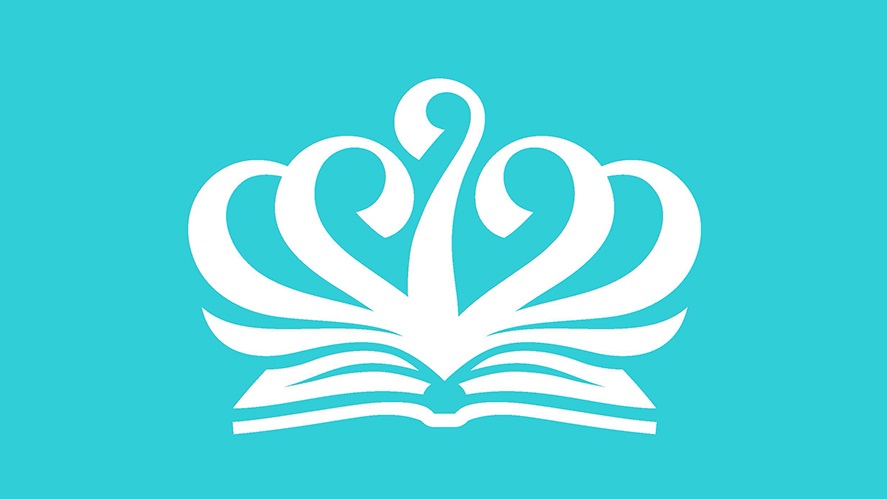How Art and Being a Creative Thinker Can Help Your Child to Improve in Maths and Literacy
Creative art activities can help children in all areas of development. Here at the British Vietnamese International School, Hanoi, children learn through a thematic approach and have the luxury of specialist art lessons each week. The creative activities planned consider the child’s overall development. They also contain many cross-curricular links with topics the children cover with their class teacher. Here, I outline some ways that art activities can support young children's development and why art is such an important part of a child’s cognitive development.
Literacy
Creative art activities can help children in all areas of development. Here at the British Vietnamese International School, Hanoi, children learn through a thematic approach and have the luxury of specialist art lessons each week. The creative activities planned consider the child’s overall development. They also contain many cross-curricular links with topics the children cover with their class teacher. Here, I outline some ways that art activities can support young children's development and why art is such an important part of a child’s cognitive development.
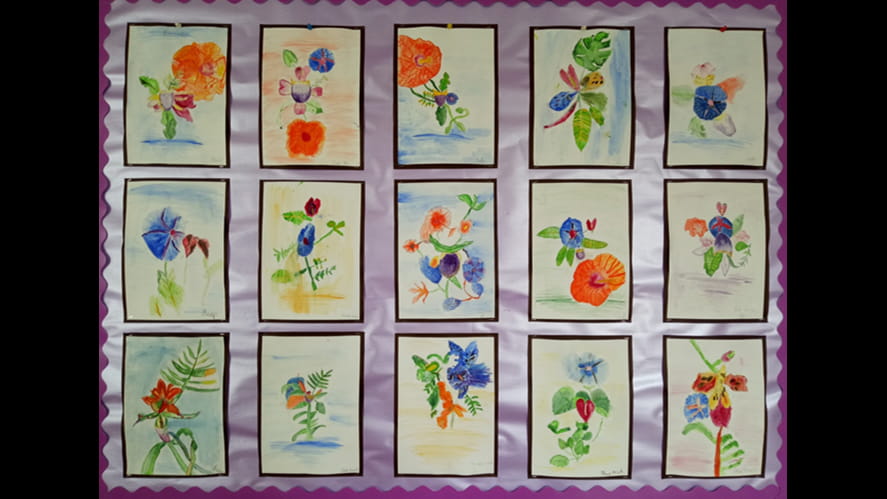
Physical Development
When we teach art, we are supporting younger children's large and small muscle development, as well as their eye-hand coordination. Using crayons, pastels, and paintbrushes helps children practice the fine motor control they will need for writing later on. In some art sessions, children ‘become’ the piece of art and use their bodies to create the shapes or image they can see. They may also choreograph a short dance piece to accompany and embed what they are learning about. For example, when Year 3 learned about Rainforests, they created masks and then wore them to perform a tribal dance.
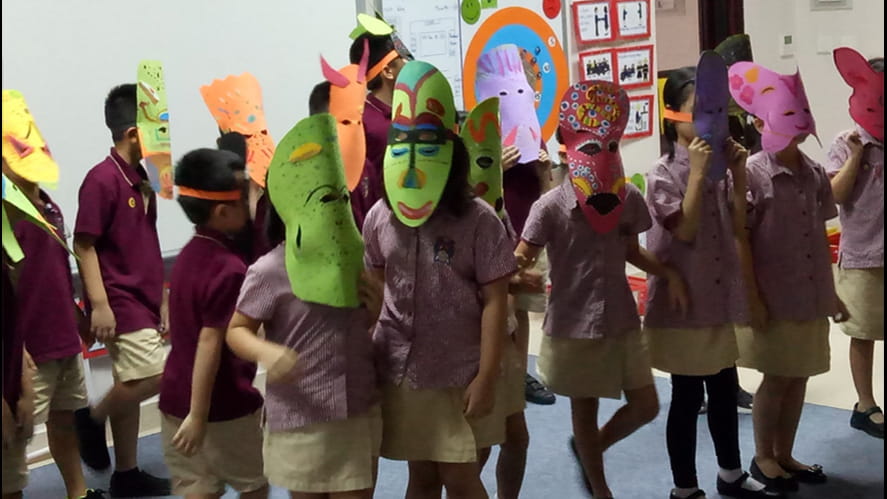
Social development
When children work together in the art area, they learn to share not just physical resources but also their ideas. They interact with others, become responsible for tidying up, and putting materials away and to care for each other’s work by being careful and developing spatial awareness. They learn to be independent in an environment that promotes self-expression. These are positive and important changes for social learning.
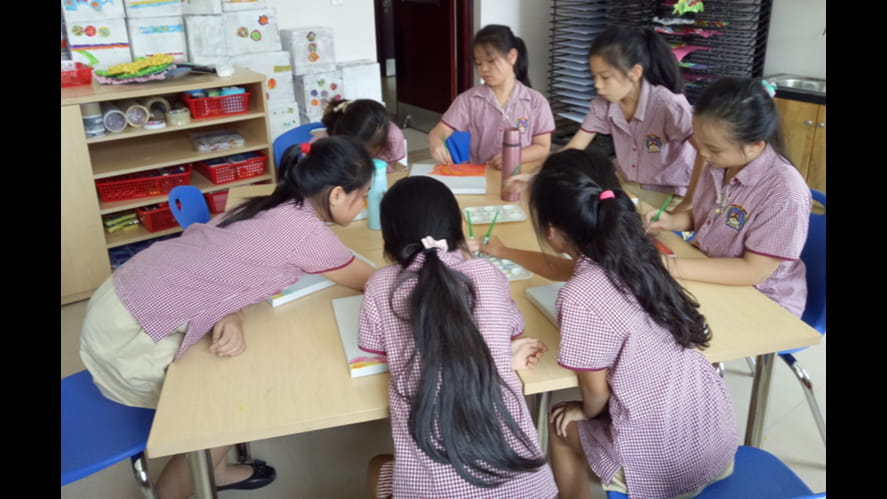
Cognitive Development
Young children can learn the names of colours and shapes through creative art activities. They will learn terminology they may not otherwise come across. They are taught cross-curricular links such as 2-D and 3-D shapes related to Maths. They learn about artists and artistic styles through a global perspective. Sending children outside to carefully examine a tree, feel its bark, and study the shape and colour of its leaves, and then asking them to draw or paint trees helps them develop observational skills needed for science. Using natural resources to help develop creativity is something the children are exposed in their art sessions at BVIS. Here are some wonderful examples of how observational skills improve through this method.
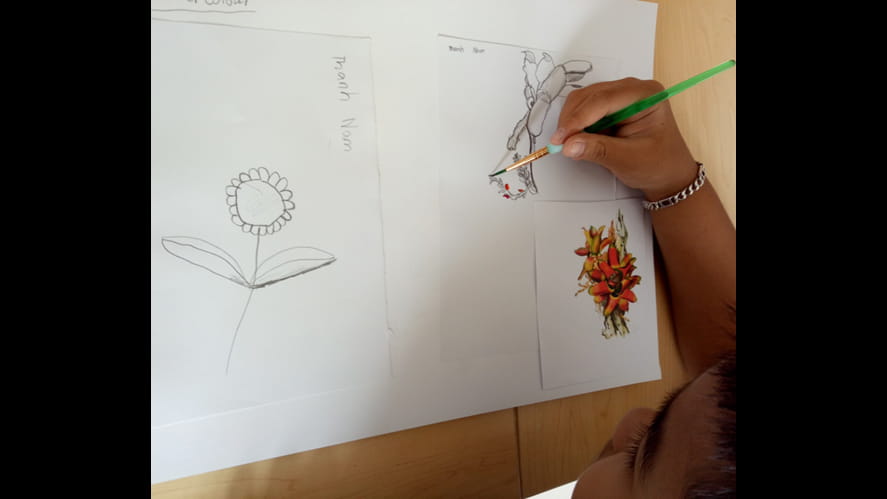
Emotional Development
Through creative art, children may be able to represent experiences that they cannot verbalize. They may draw pictures out of proportion, exaggerating things that are important to them. When we value children’s creativity, we help them feel valued as people, raising their self-esteem. Children are encouraged to share their feelings, offer opinions in a supportive environment and respond to each other in a positive way. When the children do a ‘gallery walk’ they are encouraged to not only offer explanations of what they find interesting and positive about each other’s work but to also offer support to their peers, where necessary, to help one another improve or up-level their work. This promotes a kind, helpful and nurturing environment to help raise children’s self-esteem and form better relationships.
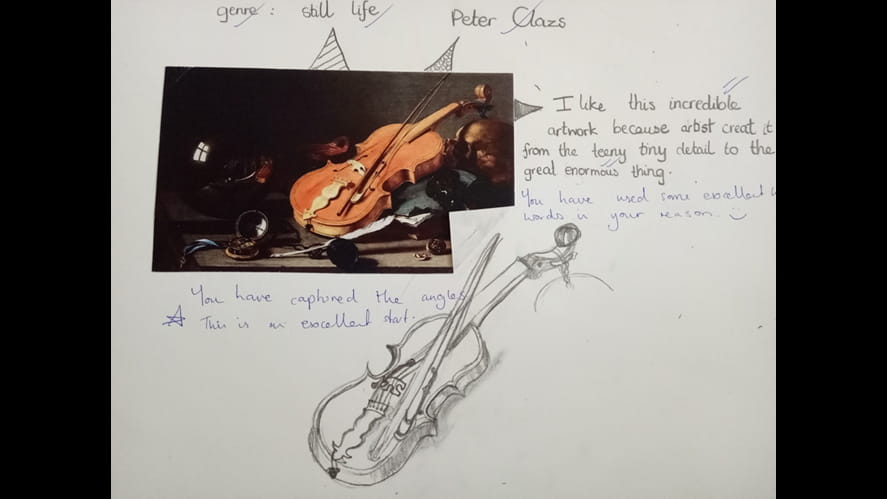
Imagination and Experimentation
Children’s active imaginations can take form through art. They might decide to use a different media on an unusual surface or use natural resources in a different environment. Having the freedom to explore and experiment enables them to have the confidence and passion toward learning skills that could inspire them invent something new, like a car that runs on solar power or a cure for cancer, when they grow up. It inspires them to take chances and delve into an unknown world of opportunity.
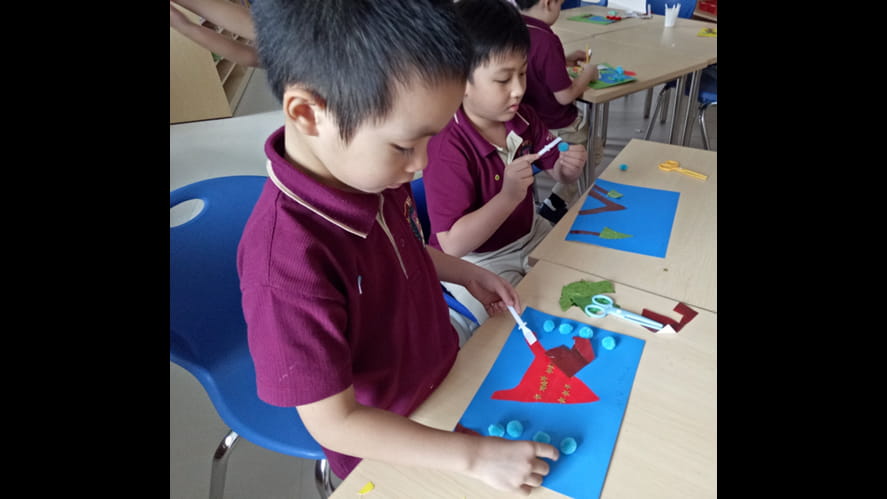
The Whole Child
Art enables children to become their own being, to become an independent thinker, an independent learner and to be themselves not be just like everyone else. Albert Einstein once said, ‘Imagination is more important than knowledge’ and ‘Creativity is intelligence having fun.’ Each element of intelligence, enquiry and knowledge is supported and elevated through the creative, imaginative and fun approach BVIS children learn in their Art lessons.
Kaye Louise Meakin - Primary Art Teacher

